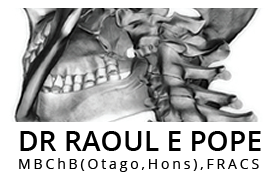Neuroendoscopy
Neuroendoscopy is the use of endoscopes to gain access to the brain, spine and peripheral nervous system allowing a "minimally invasive" approach to some lesions. Neuroendoscopy may be useful in the management of hydrocephalus, cystic lesions of the brain and spinal cord, tumors, vascular lesions, degenerative spine disease and nerve entrapments. Different Neurosurgeons offer a variety of neuroendoscopic procedures. Some have obtained sub-specialist skills and knowledge employing state-of the-art neuroendoscopic instrumentation and techniques. This technique is particularly useful in the management of complex cystic lesions of the brain when the normal anatomical landmarks on which conventional neuroendoscopy is based have been distorted by the underlying pathology.
Examples of neuroendoscopic procedures include:
Ventriculoperitoneal (VP) shunt placement and revision
Removal of retained ventricular catheters
Third ventriculostomy
Fenestration of the septum pellucidum (septostomy)
Fenestration of multi-loculated ventricular cysts
Choroid plexus coagulation / Choroid plexectomy
Tumor biopsy and excision
Transphenoidal procedures (for pituitary tumors, etc.)
Colloid cyst excision
Fenestration and excision of arachnoid cysts
Spinal discectomy




